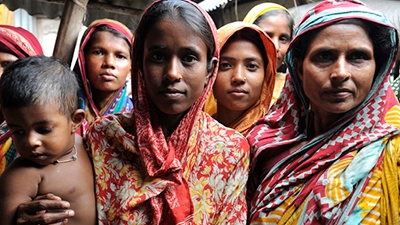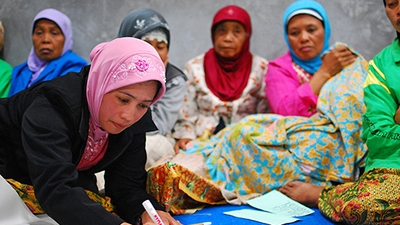Go here to access the latest issue of Nuts & Bolts.
Despite the fact that gender equality is widely recognized as a development objective, many M&E systems do not adequately measure differences in development outcomes for women and men and girls and boys. Some of the important issues often not captured include:
• how a woman’s multiple productive, reproductive, and community maintenance roles limit her ability to participate in and enjoy the full benefits of development initiatives
• women’s access to and control of productive resources
• constraints on women’s access to and enjoyment of program benefits
• gender-based violence
• women’s participation in decision making at the household,community, and national levels
Despite the compelling evidence on persistent gender inequalities, conventional M&E systems fail to address gender differences. This note discusses the limitations of M&E systems in understanding gender inequalities and presents guidelines for developing a gender-responsive M&E system – a so-called GMES.

